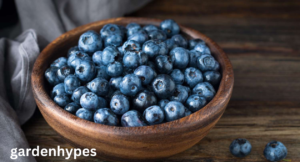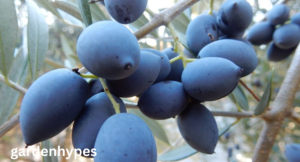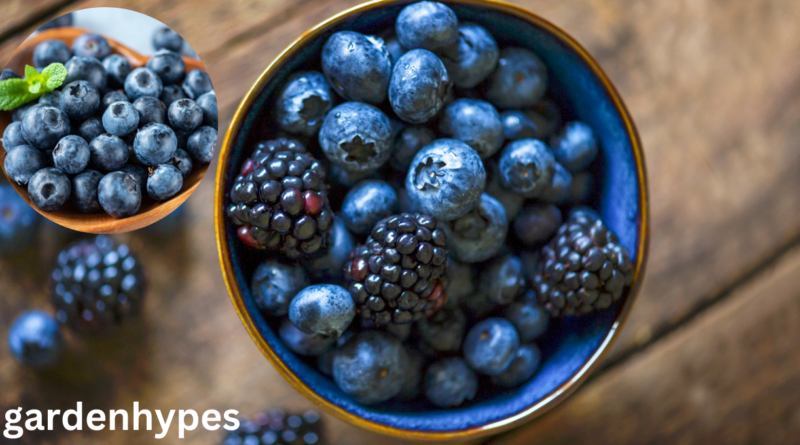Teal Fruits A Rare and Fascinating Natural Wonder
Have you ever seen a teal fruit in real life? Chances are, most people haven’t. Teal, that dreamy blend of blue and green, is one of the rarest colors in nature—especially when it comes to fruits. While we’re used to seeing red apples, yellow bananas, or purple grapes, teal fruits remain mysterious, almost magical. They spark curiosity, blending science, art, and wonder all in one. In this article, we’ll explore what teal fruits are, why they’re so rare, their cultural significance, nutritional benefits, and even their role in modern food trends.
click in link Fruits That Look Like Apples
Introduction to Teal Fruits
What Makes Teal Fruits Unique?
Fruits with a teal hue stand out immediately. Unlike common fruit colors like red or green, teal fruits are rare because the pigments that produce this shade are unusual in plants. Teal represents a fascinating intersection of biology and perception—it’s not just about pigment, but also how our eyes and environment interpret color.
The uniqueness of teal fruits lies not only in their appearance but also in the intrigue they generate. People naturally associate rare colors in food with rarity, luxury, or even mystery. For centuries, unusual fruits have been sought after by kings, explorers, and food lovers alike. Teal fruits capture that sense of wonder in the modern era, where rarity often equates to value.
Some examples of naturally occurring teal or teal-like fruits include the blue quandong of Australia and certain wild berries that appear teal under specific lighting. In some cases, crossbreeding and hybridization have also produced fruits with teal-tinted skins or flesh. Their uniqueness sparks excitement among botanists, chefs, and even social media influencers eager to share rare finds.
The Science Behind Teal-Colored Fruits
The science of fruit color is a blend of plant biology and human perception. Most fruit colors come from pigments like anthocyanins (responsible for red, purple, and blue hues), carotenoids (orange and yellow shades), and chlorophyll (green). But teal? That’s a combination that’s far harder to achieve naturally.
Teal fruits often result from a delicate balance between blue pigments and green chlorophyll. In some cases, environmental conditions like soil composition, pH levels, and sunlight exposure can enhance or shift these colors. For example, blueberries can sometimes appear teal depending on the waxy bloom that coats their skin.
On top of biology, human perception also plays a role. The same fruit may appear teal in one setting but look more blue or green in another, thanks to the way our eyes interpret wavelengths of light. This means that some “teal fruits” may not even be truly teal, but instead fall within a spectrum of blue-green shades that trick our brains.
The Rarity of Teal in Nature
Why Teal is an Uncommon Natural Color
Teal is one of nature’s rarest colors, especially in the world of edible plants. While the natural world is full of vibrant shades, teal sits at an intersection of wavelengths that are hard to replicate in organic matter. Unlike red or yellow, which are easily produced by plant pigments, teal requires a perfect mix of blue and green—something that rarely happens in fruits.
From a survival perspective, fruit colors evolved to attract animals and humans who would eat them and spread their seeds. Bright colors like red, orange, and purple stand out in the wild, signaling ripeness and sweetness. Teal, however, isn’t a common evolutionary advantage. It blends into foliage rather than standing out, making it less practical for plants that rely on visibility.
click in link Fruits That Look Like Apples

This scarcity makes teal fruits stand out all the more. When found, they immediately spark curiosity. For example, some rare berries and Australian bush fruits display teal tones that make them look otherworldly. Their rarity means they are often overlooked in history but are now gaining attention as exotic and unique.
Pigments Responsible for Fruit Colors
To understand why teal fruits are rare, we need to look at pigments. The three main pigments in fruits are:
- Anthocyanins: Responsible for blue, purple, and red tones.
- Carotenoids: Create orange, yellow, and red hues.
- Chlorophyll: Provides green coloration.
For a fruit to appear teal, it often requires an unusual mix of anthocyanins and chlorophyll. This delicate balance rarely occurs naturally, making teal fruits an exception rather than the rule. Sometimes, structural coloration—where microscopic structures reflect light—can enhance teal tones in certain fruits, giving them an iridescent or shimmering effect.
Interestingly, humans have tried to replicate teal fruits through selective breeding, hybridization, and even genetic modification. While some success has been achieved, natural teal fruits remain incredibly scarce, making them a prized find for botanists and food enthusiasts alike.
Examples of Teal-Colored Fruits Around the World
The Blue Quandong (Australia’s Native Teal Fruit)
One of the most famous naturally teal fruits is the blue quandong (Elaeocarpus angustifolius), a native Australian fruit. Despite being called “blue,” many people describe its color as a teal-like shade due to its striking mix of blue and green tones. The blue quandong has been an important part of Aboriginal diets and culture for centuries.
This fruit isn’t just beautiful—it’s also packed with nutrients. Traditionally, it was used as both food and medicine, making it valuable in Indigenous communities. The quandong’s flavor is often described as tart and tangy, making it useful in sauces, jams, and desserts.

What makes the blue quandong especially fascinating is its role in biodiversity. Birds and other animals are attracted to its bright teal-blue hue, helping to spread its seeds and maintain ecological balance. Today, it’s gaining international recognition as chefs and food lovers search for rare, exotic fruits to showcase in gourmet dishes.
click in link Fruits That Look Like Apples
FAQs
1. Are teal fruits real or artificially made?
Yes, teal fruits are real, but they’re incredibly rare in nature. Some fruits, like the blue quandong from Australia, naturally appear in shades that can look teal under certain lighting. However, in modern times, some fruits are also artificially colored or hybridized to achieve a teal-like appearance. So, while you may find genuine teal fruits, not all of them are naturally occurring.
2. Where can I find teal fruits?
Naturally teal fruits are not widely available in supermarkets. They are often found in specific regions like Australia, Southeast Asia, or tropical forests. Some specialty fruit markets or online exotic fruit sellers may carry rare teal fruits on occasion. If you’re interested in tasting them, it’s best to look for trusted suppliers of exotic and wild fruits.
3. Do teal fruits taste different from regular fruits?
The unique color doesn’t necessarily mean the flavor is unusual. Teal fruits can taste sweet, sour, or even tangy, depending on the type. For example, the blue quandong has a tart, citrus-like flavor, while other teal-toned berries may taste similar to blueberries or plums. The color is more about pigments and light reflection than flavor.
4. Are teal fruits safe to eat?
Most naturally occurring teal fruits are safe to eat, especially those traditionally consumed in local cultures. However, caution is always recommended with wild fruits—some may look appealing but can be toxic. If you’re trying a rare fruit for the first time, make sure it’s from a reliable source and confirmed as edible.
5. Why are teal fruits so rare in nature?
Teal is a challenging color to produce naturally in fruits because it requires a mix of pigments like chlorophyll (green) and anthocyanins (blue). Unlike bright reds or yellows, which evolved to attract animals for seed spreading, teal doesn’t provide much of an evolutionary advantage. This is why only a handful of plants have developed such unique coloring.
